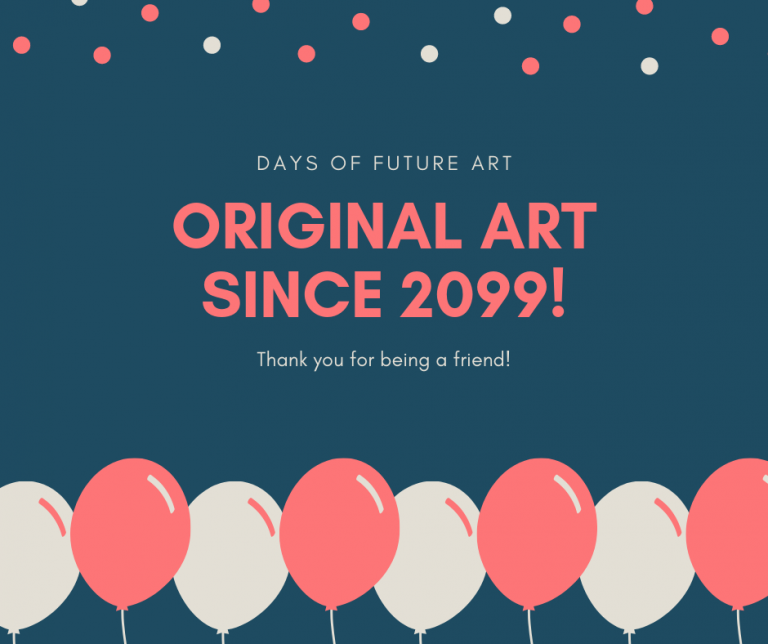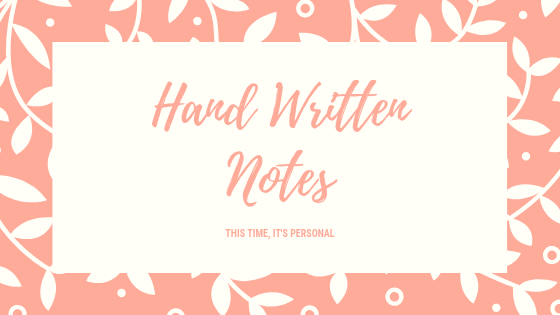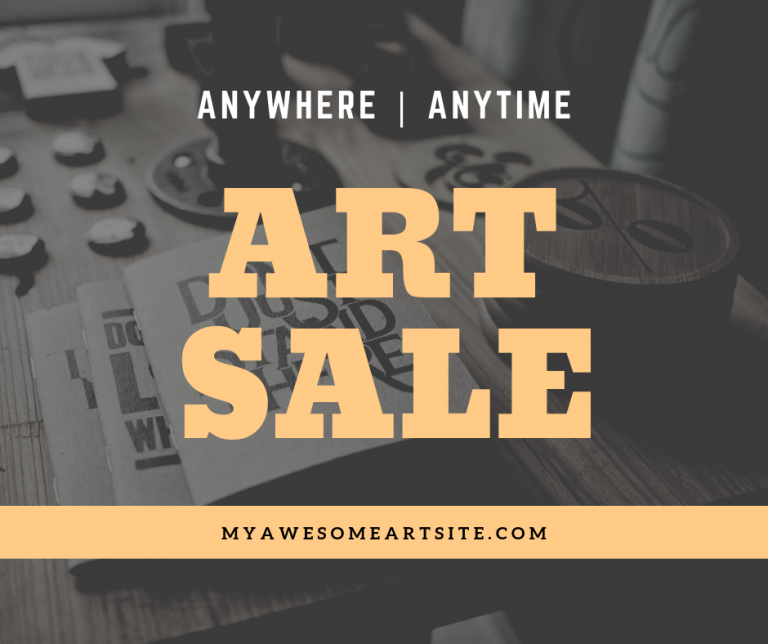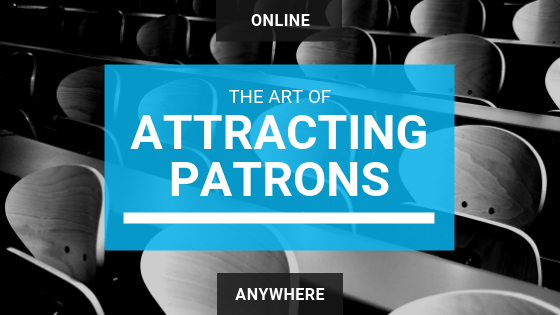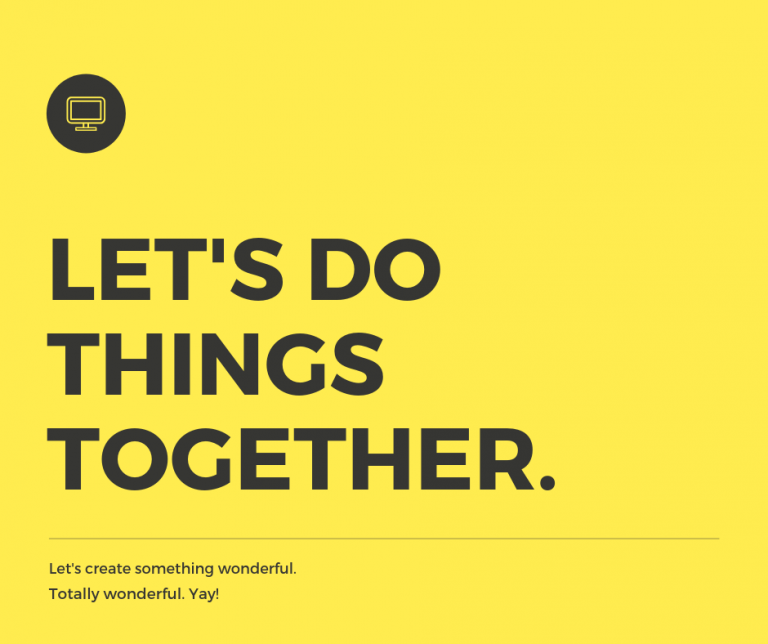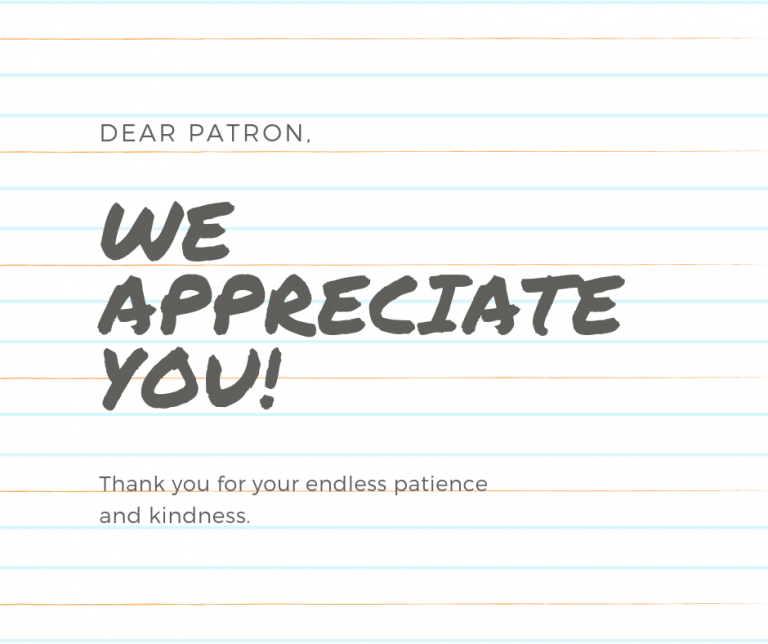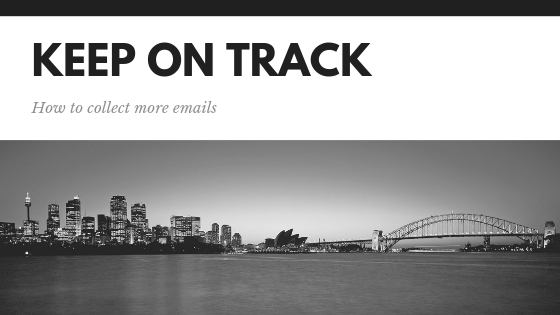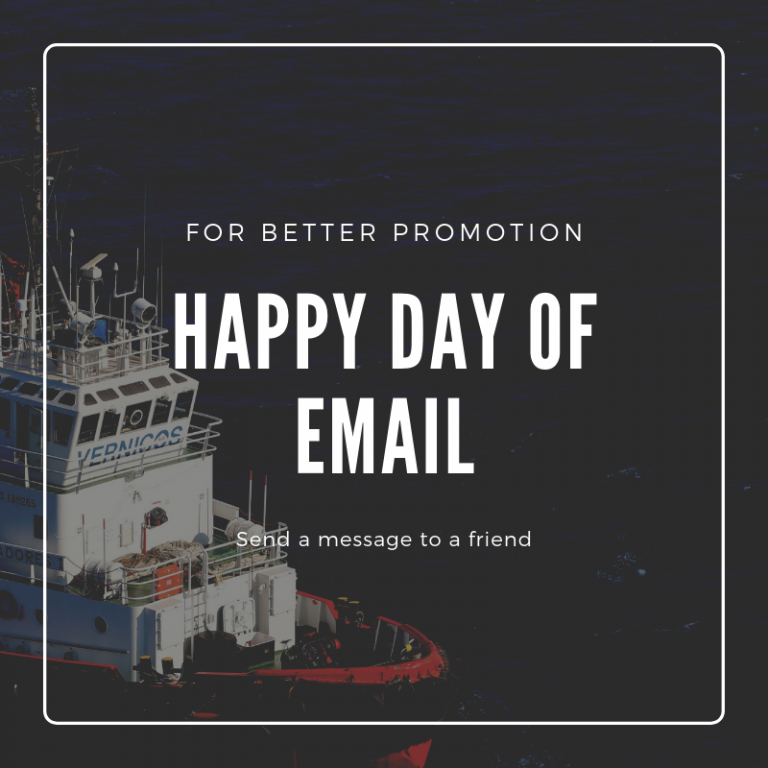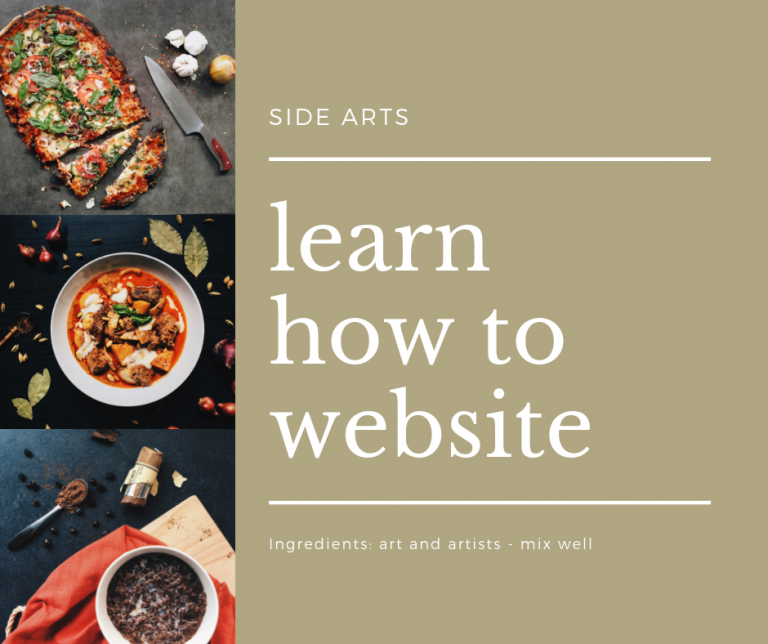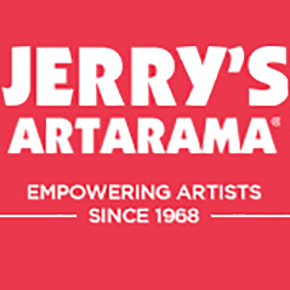Pricing your artwork is an important component of your strategy for marketing art. Artwork pricing should not be an over-complicated procedure in the primary market. (Secondary market sales can be much more complicated.) If you are new to pricing your artwork, there is a formula to determine where to start.
Artwork Pricing Formula
- Start with the total costs of the materials used. Use the relative cost of only the materials used.
- Track the amount of time you actually spent creating the artwork.
- Multiply the number of hours by the rate you would charge per hour as a professional art consultant.
- Add the cost of materials and time.
- Multiply the result by a multiple based on your overall experience. This is typically between 2 (just starting out) and 10 (top of your field).
Price of Original Artwork = [Materials + (Time)(Hourly Rate)] (Experience)
For example, [$100 materials + (20 hours of work)($25/hr)] (5 years of experience adds a multiplier of 3) = $1800.
Pricing reproductions
- Highest quality (limited edition giclee prints or high-end reproductions) = 50% of the original price
- Mid-grade quality (limited edition reproductions) = 30% of the original price
- Low quality (one-off prints or open-ended reproductions) = 10% of the original price
Next Step
Are you ready to invest in yourself and showcase your artwork? Apply to become represented by Side Arts, a leading agency connecting artists with exhibition opportunities. With limited capacity and a rigorous jury review, Side Arts ensures that your work gets the attention it deserves. Click here to learn more about how Side Arts can elevate your art career and provide you with exciting opportunities to display your talent to a wider audience.
Take the leap and step into a world of endless possibilities for your artistic journey with Side Arts. Don’t miss out on this incredible chance to share your passion and creativity with the world. Apply now and open doors to a bright future as a recognized visual artist. Click here to apply.
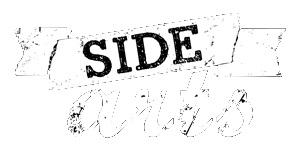
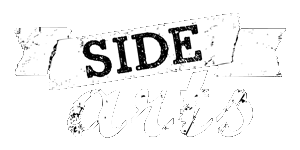
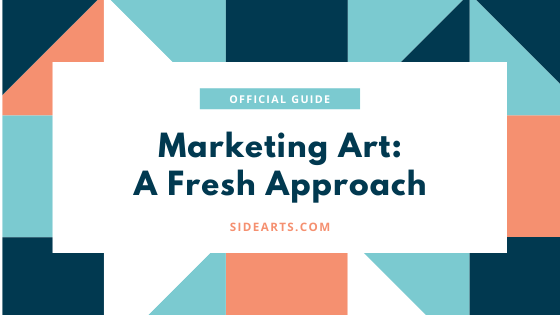

 Jessica Saragovi is a Human Resources professional with more than two decades of experience across various industries and companies across New York, Miami, and Philadelphia. Jessica’s deep insight into how organizations hire, train, manage, and develop employees allows her to be a skilled resume writer. Jessica partners with clients in developing a resume that fully encompasses who they are, what they’ve done, and where they want to go with their next role. View my profile on LinkedIn at
Jessica Saragovi is a Human Resources professional with more than two decades of experience across various industries and companies across New York, Miami, and Philadelphia. Jessica’s deep insight into how organizations hire, train, manage, and develop employees allows her to be a skilled resume writer. Jessica partners with clients in developing a resume that fully encompasses who they are, what they’ve done, and where they want to go with their next role. View my profile on LinkedIn at 
